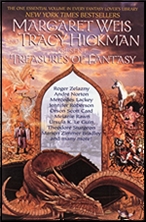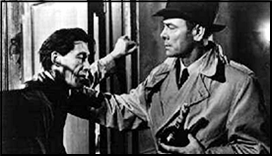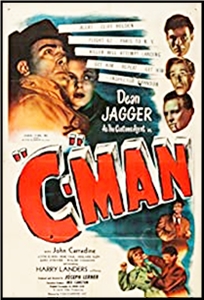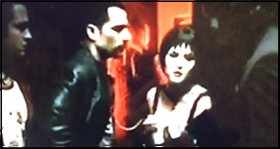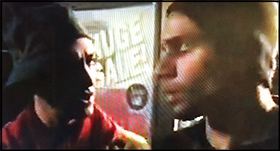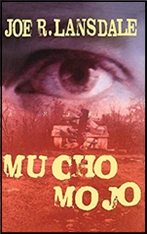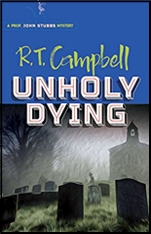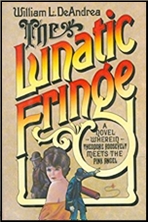Mon 24 Aug 2020
Locked Room Mystery Stories I’m Reading: EDWARD D. HOCH “The Problem of the Snowbound Cabin.â€
Posted by Steve under Stories I'm Reading[6] Comments
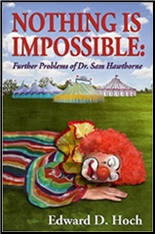
EDWARD D. HOCH “The Problem of the Snowbound Cabin.†Short story. Dr. Sam Hawthorne. First published in Ellery Queen’s Mystery Magazine, December 1987. Collected in Nothing Is Impossible (Crippen & Landru, hardcover/paperback, 2014). Reprinted in Never Shake a Family Tree, edited by Billie Sue Mosiman & Martin H. Greenberg (Rutledge Hill, paperback, 1998), and perhaps elsewhere.
This is the quintessential story in the small but potent subcategory of locked room mysteries called “murder in a cabin surrounded by snow with no footprints leading in or out.†Although neither of them is interested in skiing, Dr. Sam Hawthorne and his nurse April are taking a platonic vacation together up in Maine in January. And as ever, wherever the good doctor goes, murder seems to follow right along with him.
What makes this one special is that there is not only one solution to the mystery, nor two, but three. The first one doesn’t count, however, is that it’s the old canard that someone can be stabbed by an icicle, killing him, and having the weapon melt, leaving no clue to be found. Dr. Hawthorne makes quick riddance of this suggestion. The second solution is quite adequate, and I’m sure that several other mystery writers have used variations of it at one time or another.
It does have the quality of being realistic, though, while the real solution is, shall we say, rather far-fetched – but certainly doable. What you have do when reading any one of Hoch’s miracle mysteries, and they’re short enough that you shouldn’t forget this: almost every element of the story is important. Keep an eye on everyone and everything. Every fact is not to be ignored. More than likely the one you pass over quickly is the one you had to keep your eye on.
I know. From experience!
